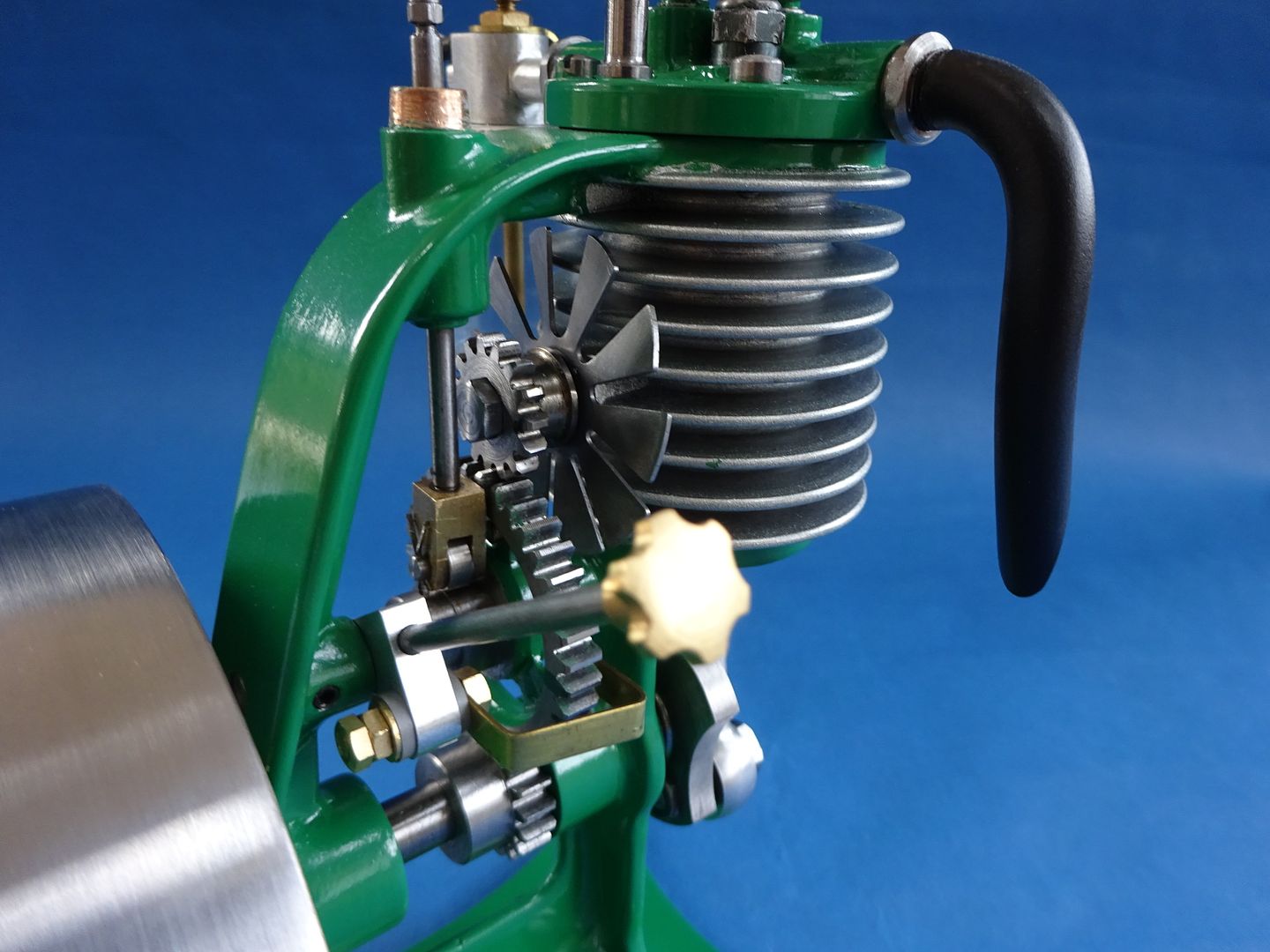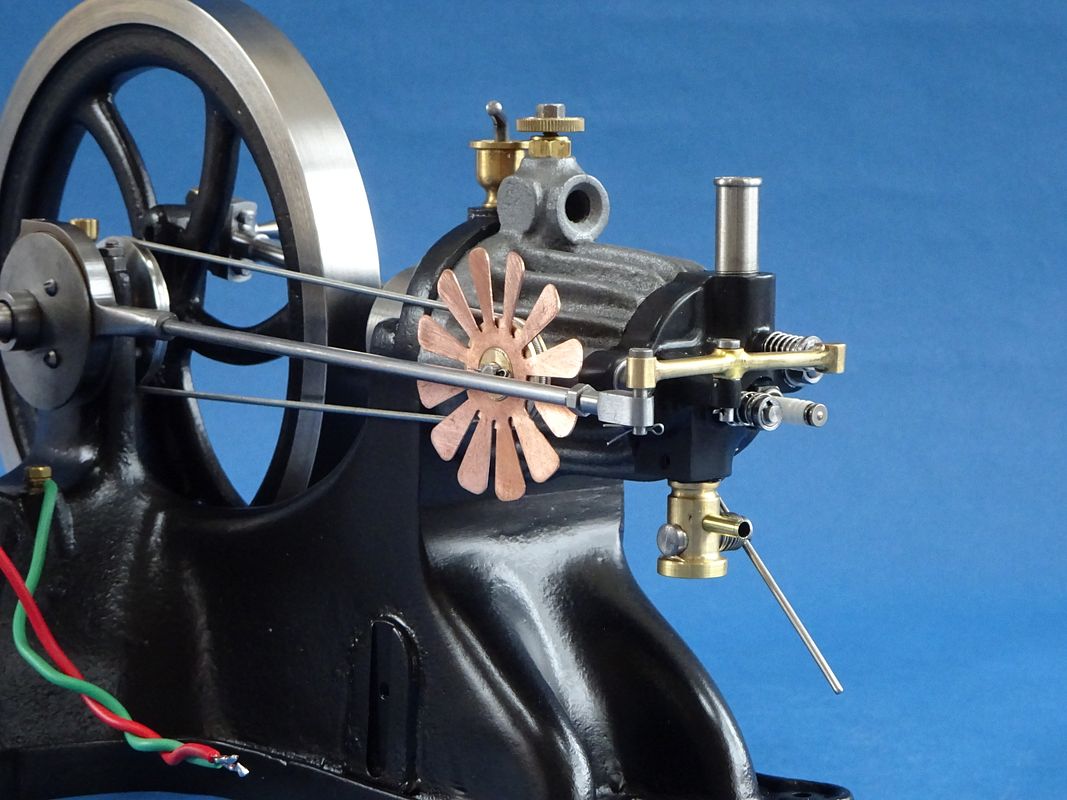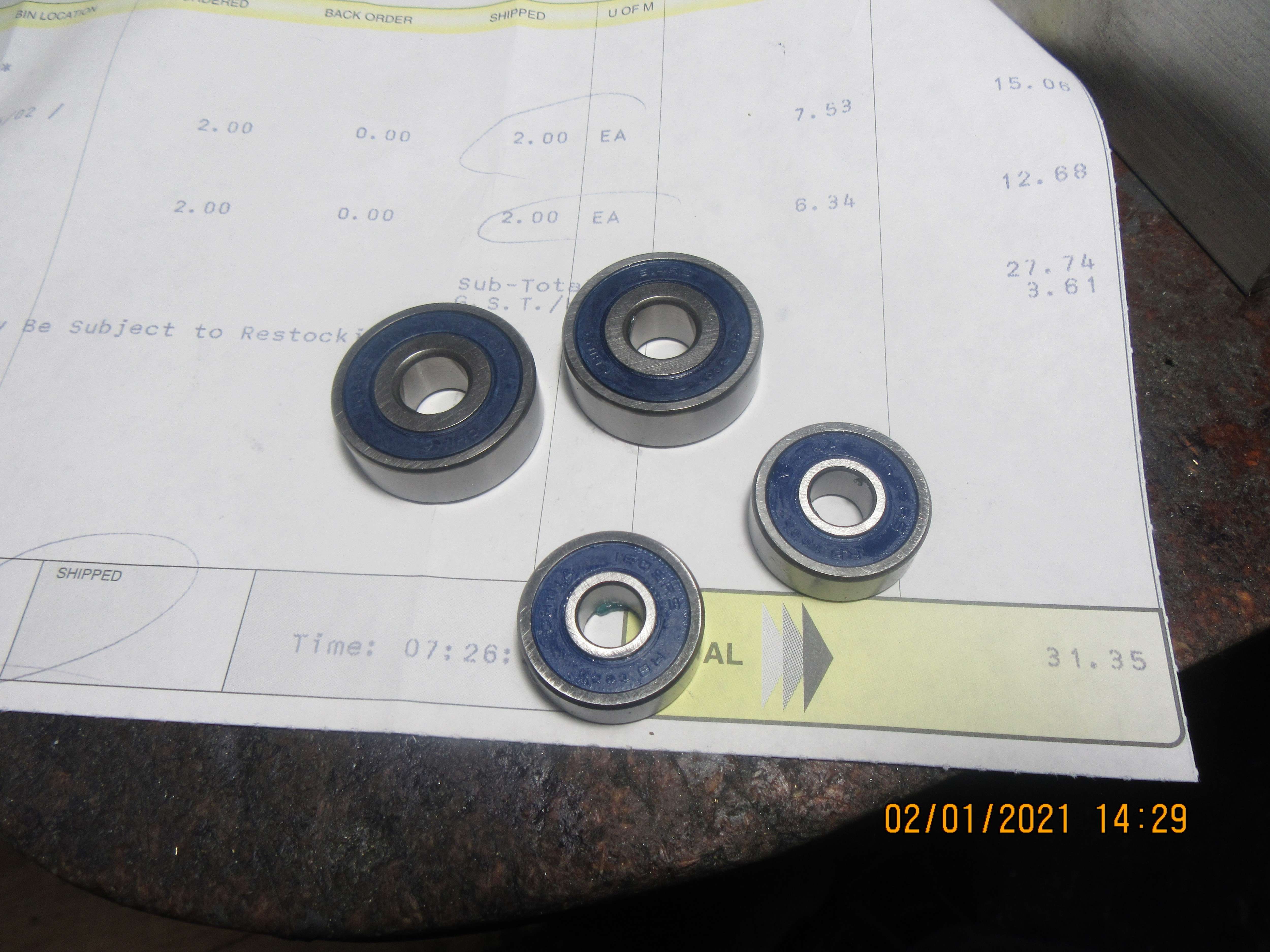Today I determined that if I swapped positions of the carburetor and the exhaust, that would keep my gas line away from the flywheel and give me room to mount a small, belt driven fan between the flywheel and exhaust. Similar to an earlier vertical i.c. that I designed and built a few years ago, the belt would be an o-ring driven by the flywheel. I haven't shown it here, but may have time tomorrow to do some more on the design.







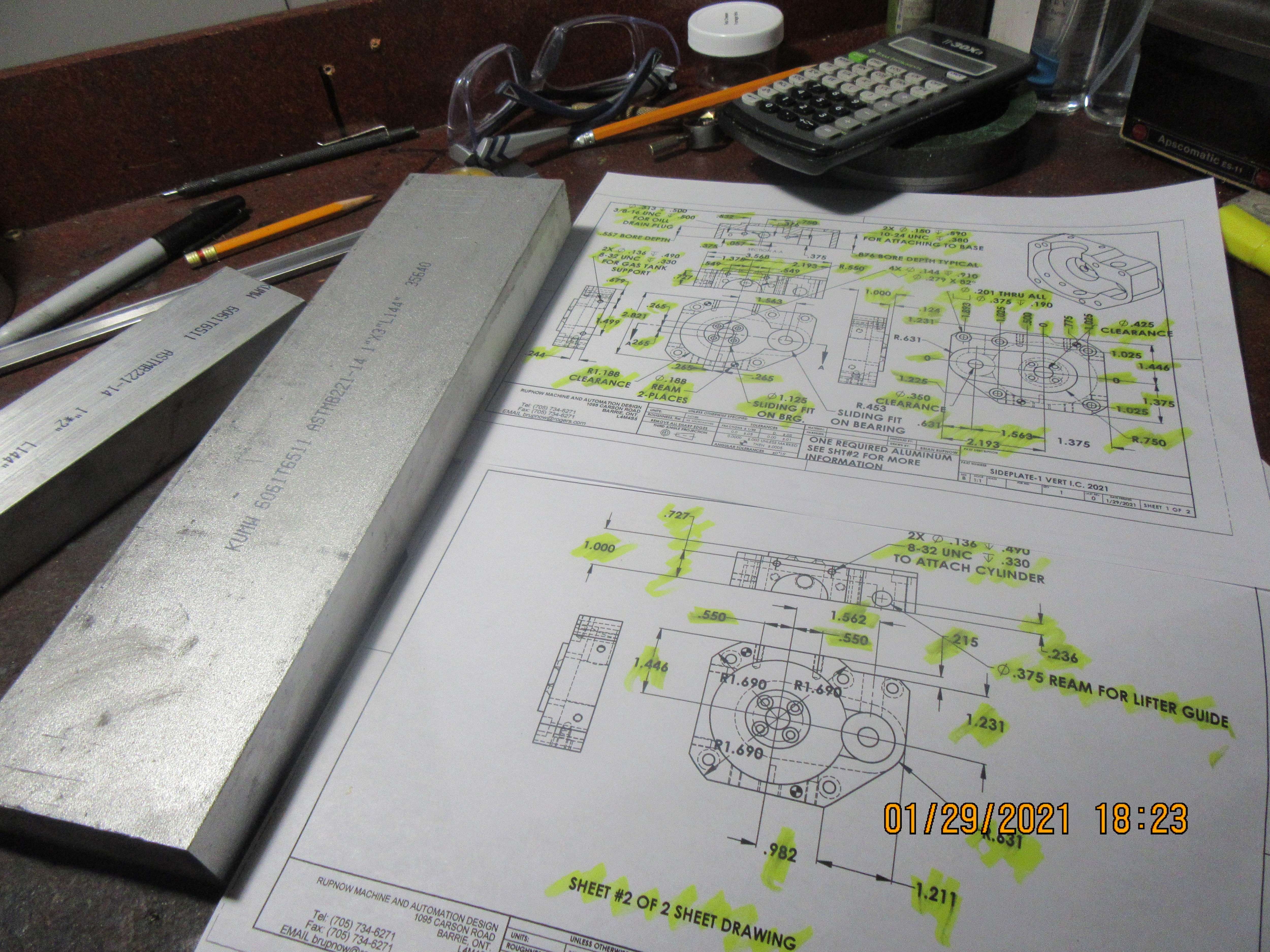
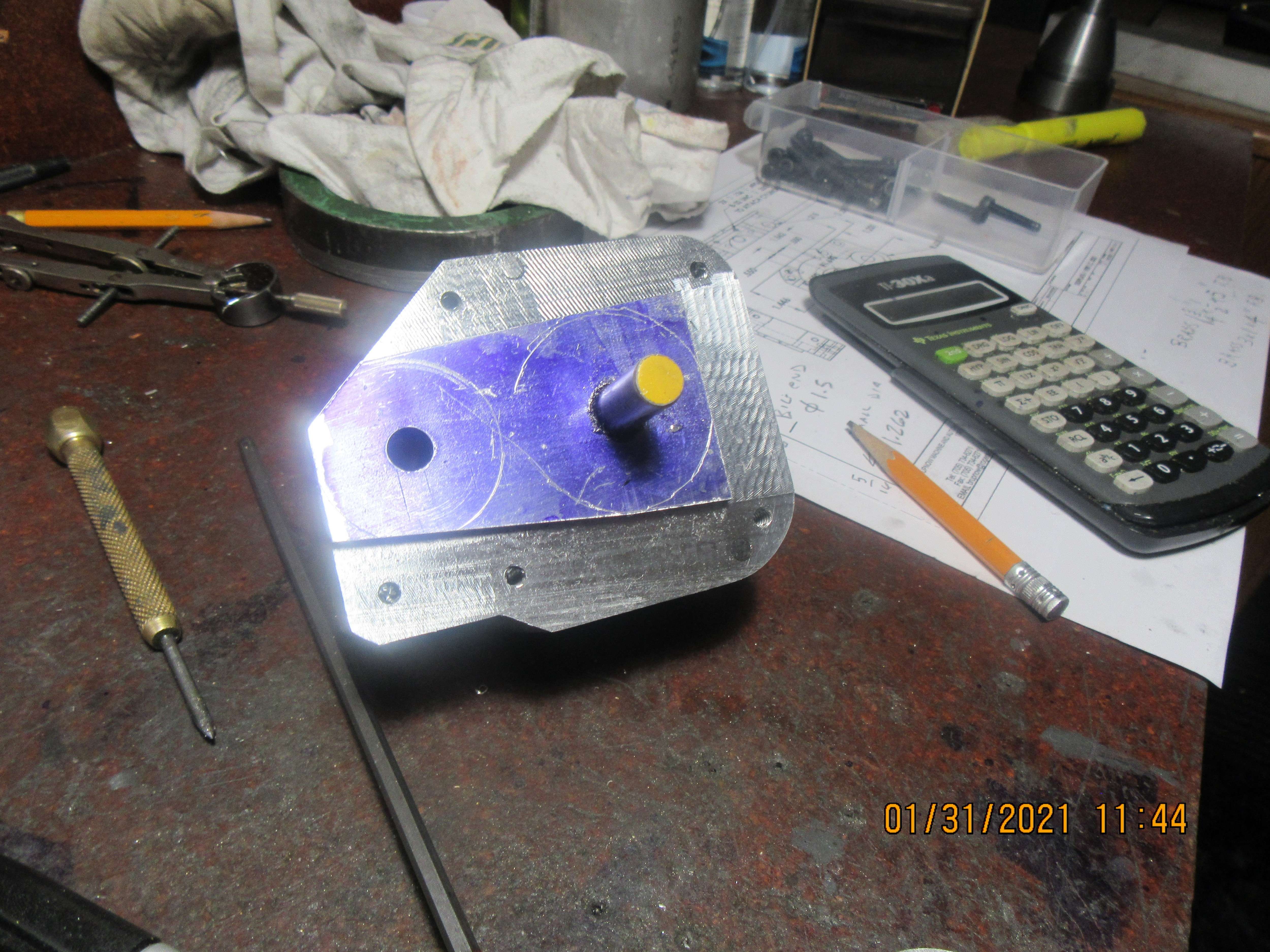
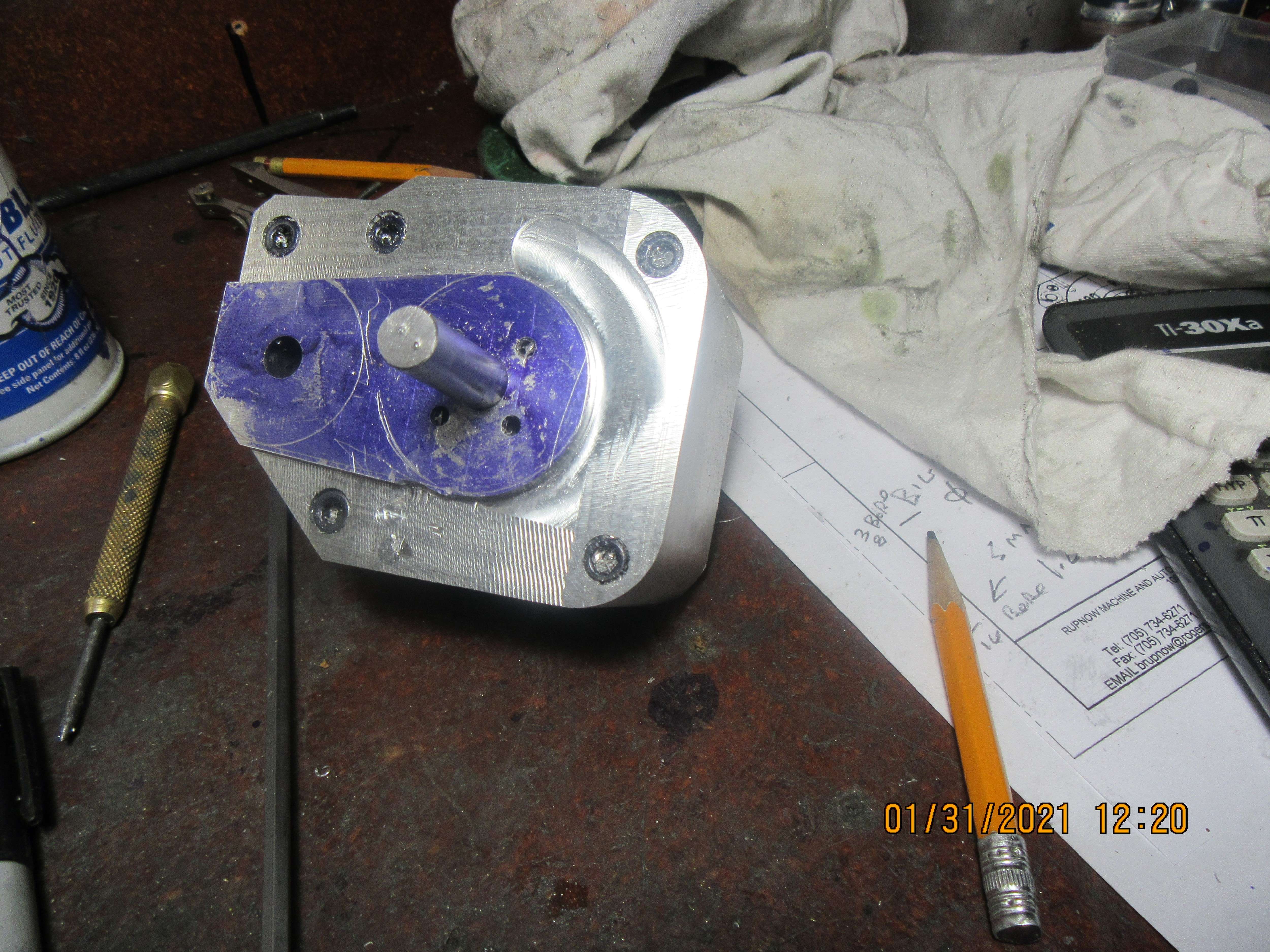
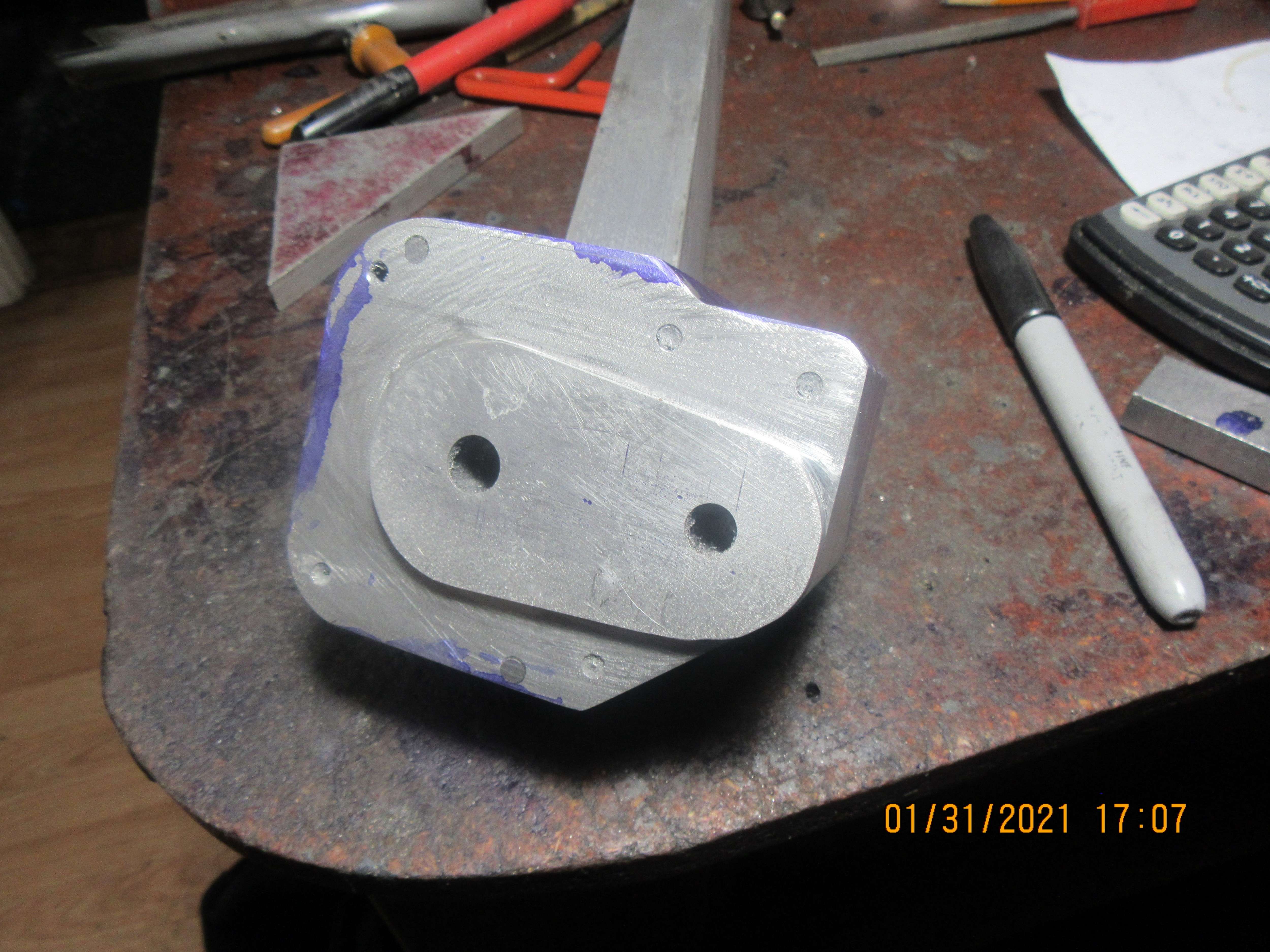
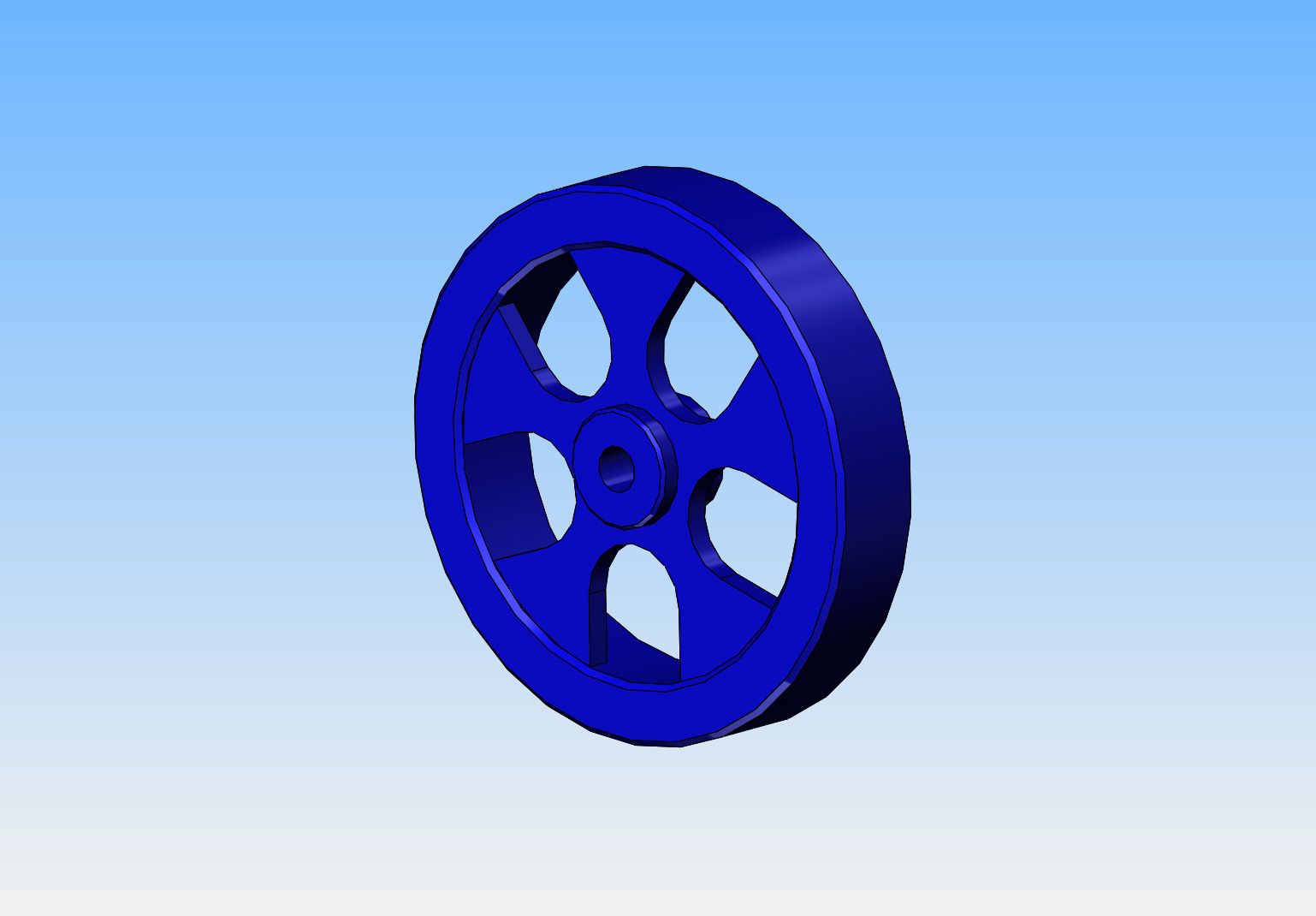
![20210201_130425[1].jpg 20210201_130425[1].jpg](https://cdn.imagearchive.com/homemodelenginemachinist/data/attach/76/76489-20210201-130425-1-.jpg)
